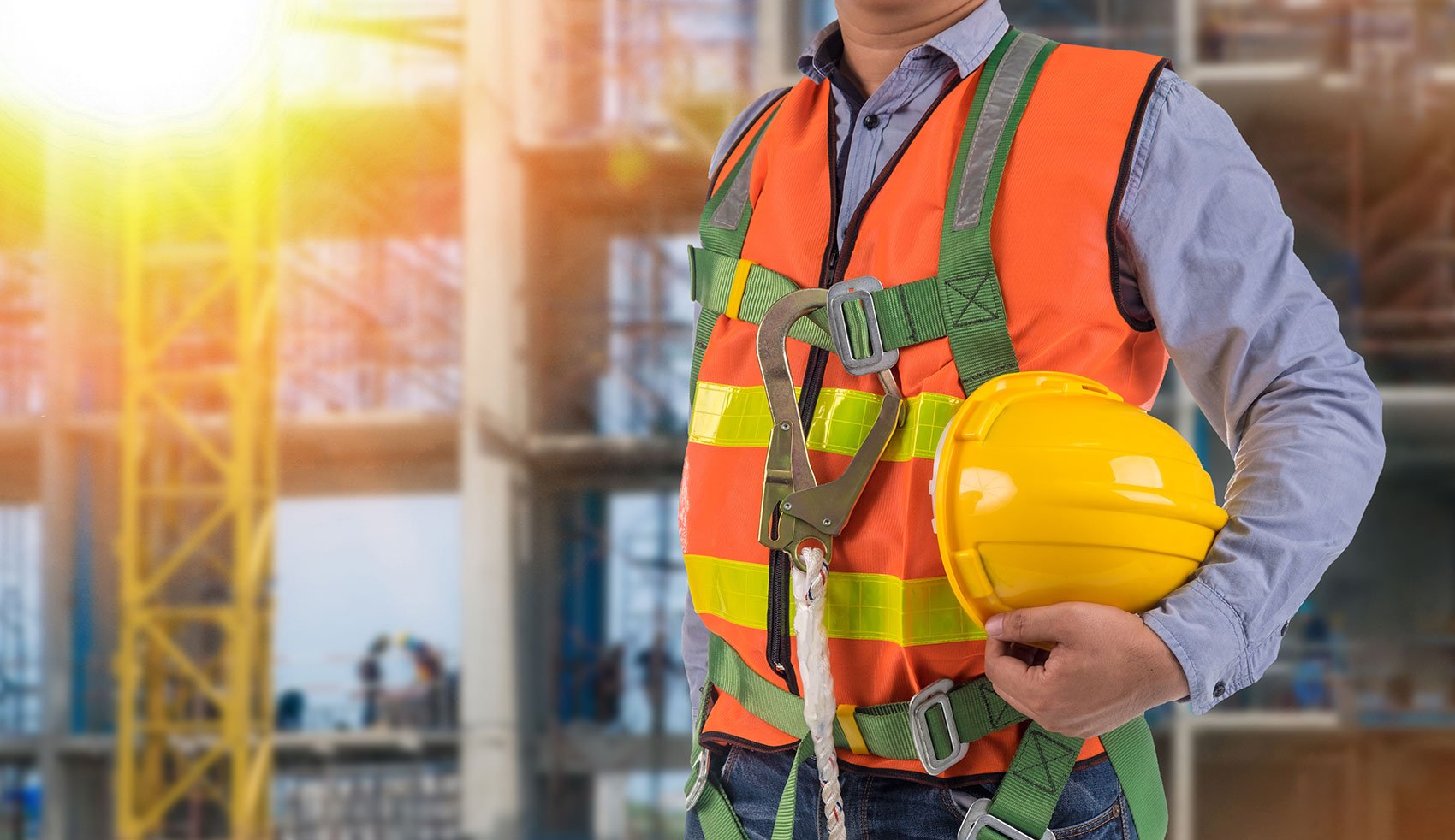Blog
Explore Using MetaField for Safety Programs



Jim Murphy, CEO, STRATA, Inc. and Bob Tuttle, CEO of Agile Frameworks presented at the GBA 2019 Fall Conference. This post is an excerpt from Jim Murphy’s portion of the session titled “Delivering Real-Time Results—The Future of Laboratory Operations.”
When STRATA implemented the MetaField software platform, Murphy knew that there were other areas of their business where they could leverage the technology to help streamline company operations—beyond field data collection and laboratory testing.
About three years ago, we realized that we had a safety problem in our firm, and I knew we needed a cultural change. We developed tools in MetaField to help us achieve that cultural change and they’ve been very effective for us.
These tools were instrumental to help us get to where we wanted to be which was to have an EMR (Experience Modification Rate) well below 1, which it hadn’t been. More important than worrying about the EMR, I was concerned about our culture and taking care of our people. We did not have a long track record of doing a good job encouraging safety. So, we came up with three forms that we built in MetaField.
Every time one of our people goes out to a project, they open the Project Review form. It’s a nice gentle reminder about the things they need to think about on that project that may present hazards. They can complete the form in less than a minute. The form helps them make sure they are addressing hazards whether it’s trench safety, or overhead, or something else. Our project managers have access to these forms in MetaField to make sure our field professionals are doing a good job at that on a regular basis. It also works in the laboratory and in the offices too.
The second, is what we call our near miss form. It’s another form that can be completed in a matter of a couple minutes. When you have a near miss, we are encouraging our people to learn from it. If someone is out in the field or the laboratory, or even the office and they have a near miss, they can record it. It’s locked into storage in MetaField. Then on a weekly basis at our staff meetings, our office managers can access Metafield in seconds and look up the near misses we had last week—company-wide or across their office—in any format that they want. It helps us communicate those near misses so we can reduce potential incidents.
If we do have an incident, we also built a Safety Incident form. The safety incident form is designed to flow to the OSHA 300 logs so we can pull statistics out very readily at the end of the year and submit those to OSHA. The form is full of data that we need to have in terms of witnesses and the description. We even have the ability to put in photographs. When the incident report is submitted it goes to the project manager. On submission to the project manager, another section of the form is initiated and requires a root cause analysis. We built it this way because what’s the point of reporting the incident if we’re not going to learn from it or we’re not going to put together a plan to try to take care of it for the future.
Using MetaField's do-it-yourself (DIY) form and report engine, you can customize and automate user interaction from data collection through report generation to meet your specific business needs. You can schedule safety activities such as job safety audits or JHAs inside MetaField and in-line with the other job activities your field staff are currently documenting – so they don’t have to jump from tool to tool. You can easily copy and modify safety forms for specific projects if needed.
Watch for the next posts in our series: how to use MetaField for radioactive materials programs, quality management systems, and lab accreditation.